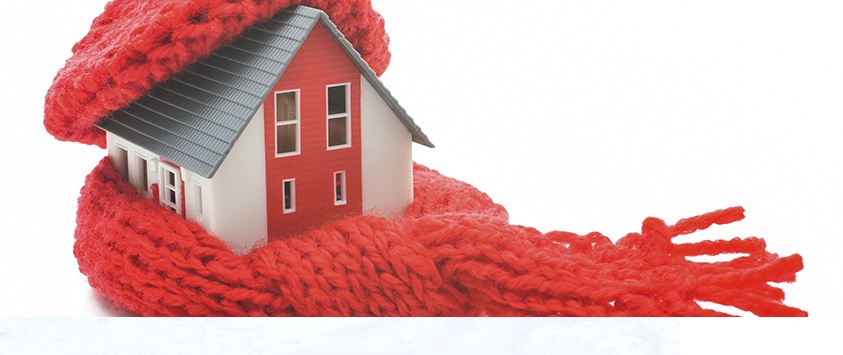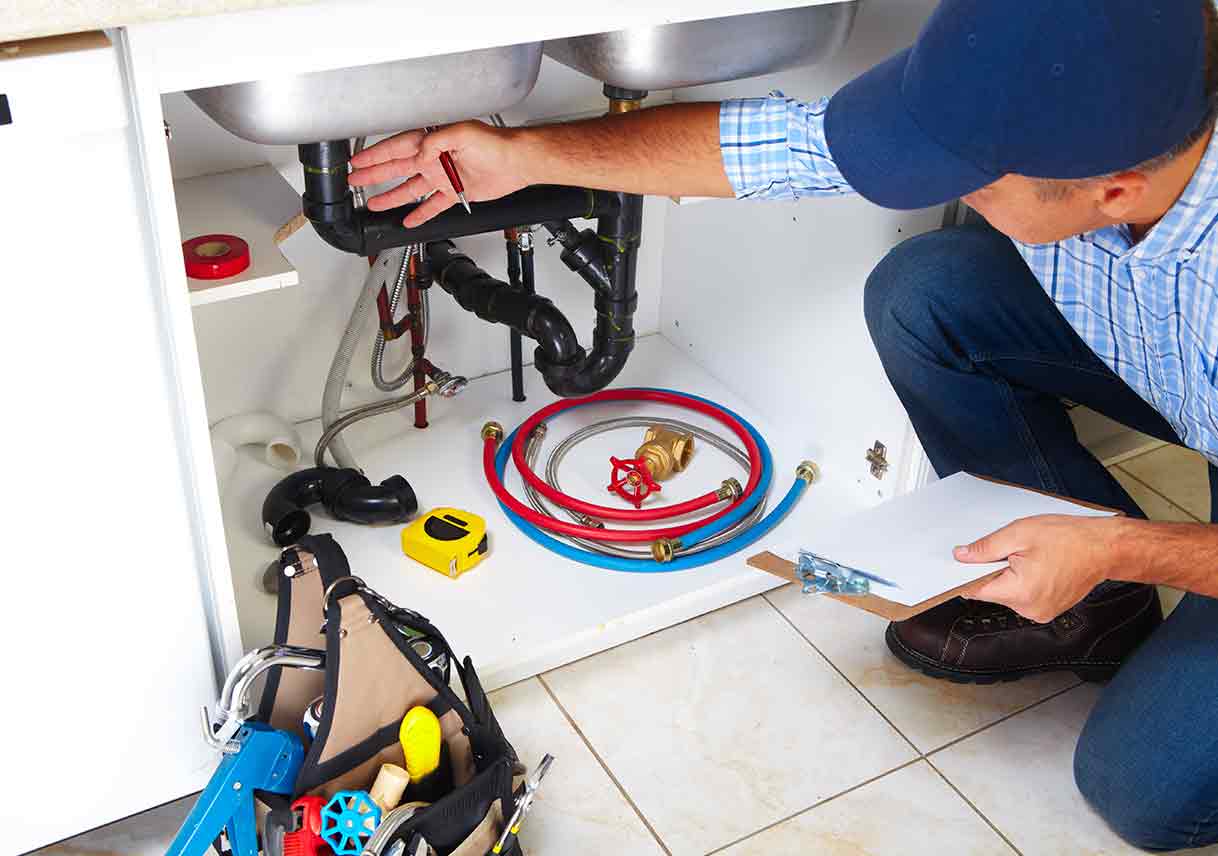Is your home heating bill above or below the national average? Is it right on the line? If it is above average, what are some things you can do to lower it and still feel comfortable when the weather gets chilly? These are some important questions about heating a home in winter, as it can get expensive if you are not careful. Here are the answers that may save you money.
National Averages for Home Heating Bills
Heating is a bill that is usually grouped together with things like electricity, gas, water, internet, garbage, cable, and phone, and called “utilities.”
The general rule of thumb for those who live in apartments is to budget at least $200 a month for utilities.
Those who live in houses will typically pay more. In fact, the larger the living space (meaning, the larger the home), the higher utility bills like heating are usually going to be.
The national average for energy expenses, according to the US Department of Energy, is $2,200 per year per family. Almost half of that goes toward paying heating and cooling bills.
They are a huge expense for everyone, but necessary. You’ve got to have a way to stay warm in the winter and cool in the summer, after all.
How to Save Money on Heating in the Winter
You can save money on home heating in the winter the same way you can save on cooling in the summer–by paying attention to your thermostat.
Don’t push it up too much in the winter, or down too much in the summer. Keep it at just enough for you to be comfortable.
If you upgrade to a smart thermostat, which keeps an eye on temperatures for you, you can save about 10 to 12% on heating bills each winter, and about 15% on cooling bills in the summer.
Hoosier Heating and Cooling can advise you on more ways to save money, such as keeping your ductwork clean and investing in energy efficient units. Contact us today to start saving more money.














